|
This is a great way to celebrate the fruits of summer. It’s quick - about 30 minutes to make - and then just a little while to chill before it’s ready. This recipe serves 8 (unless you’re very hungry!).
Ingredients
Method Wash the fruit and dry on kitchen paper. Keep the strawberries separate. Put the sugar and 3 tbsp water into a large pan. Gently heat until sugar dissolves and boil for a minute then add the fruit but not the strawberries). Cook and stir for 3 minutes over a low heat, adding chopped herbs, if you’re using them. Place a sieve over a bowl and tip in the fruit and juice. Line a 1.25 litre pudding basin with cling film. Use more than one piece if necessary. Leave the edges overhanging by about 15cm. Remove the crusts from the bread. Cut 4 of the slices at an angle to give two angled pieces of bread per slice. Dip each slice in the fruit juice and line the cling filmed bowl. Then use the remaining bread, cut to shape to fit any gaps. Keep one piece of bread whole. Spoon in the fruit, mixing in the strawberries as you go. Dip the last piece of bread in the juice and use it to cap the pudding. Pour over any remaining juice. Bring cling film up and seal the pudding. Put a small plate on top and weight down with something heavy - I use tins of beans. Chill for 6 hrs or overnight. To serve, open out cling film then put a serving plate upside-down on top and flip over. serve with leftover juice, plus any extra berries and cream and enjoy one of the finest puddings known to fruit fans.
1 Comment
For a long, long time the summer has been the season for pilgrimage. Although the term might bring up memories of studying the Canterbury Tales at school or images of walking to Lourdes or Santiago de Compostela, pilgrimage has evolved to embody a whole range of ideas.
The definition of a pilgrimage is a journey, sometimes, but not always, on foot, to a special place. Traditionally this might have been to a holy well (like St Winifred’s Well above), a stone circle, a revered tree or a saint’s shrine. But it’s a word that has come to be used for a whole range of things: a journey to the the landscape that inspired a poet (maybe A E Houseman’s “Blue remembered hills”), a writer’s favourite pub (like the one in Oxford where J R R Tolkien and C S Lewis used to meet) or where famous musicians lived and worked (Paul McCartney’s and John Lennon’s homes in Liverpool). We’ve been on a few pilgrimages over the years and there’s a terrific thrill from standing in the footsteps of someone amazing, of adding a ribbon to a tree over a holy well or looking out of the window at a view that inspired a great novel. Recently we came across the brilliant website of the British Pilgrimage Trust which covers a whole range of routes from traditional journeys in the footsteps of saints to the way walked by Harold Fry In Rachel Joyce’s bestselling book The Unlikely Pilgrimage of Harold Fry (now a film with Jim Broadbent and Penelope Wilton). The site suggests how to plan, what to take and sorts the pilgrimages by how many days you want them to take and whether they’re about folklore, history, rivers or religion. You can find the British Pilgrimage Trust HERE If you get the chance to visit this incredible exhibition we can’t recommend it enough. It is for us what art and creativity is all about. There’s an amazing amount of diversity in the works, from Grayson Perry’s pots and tapestries to knitted landscapes, paintings and automata created by all sorts of people and celebrities.
Exhibition themes include Love, Heroes and Heroines, Normal Life, Inside my Head, Holidays, The Future, and The Queen. It democratises art and really makes it accessible - added to that the Midlands Arts Centre has a policy of pay as you feel for this show too, making it financially within the reach of anyone who can get to the venue. Grayson Perry has the ability and skills to communicate with everyone and makes us all feel that we can express ourselves creatively, in fact perhaps that it’s essential that we do. Just what we are all about here in the Happy House too. Beautifully curated the exhibition is touching, colourful, hopeful. Grayson’s Art Club MAC Birmingham March 21st - June 25th Pay what you feel These biscuits, from Brittany, are just gorgeous - buttery and rich and perfect with a cup of tea or coffee. Scott recently discovered them on a baking course at the wonderful Cocoa Black in Peebles, Scotland and they’ve become a real favourite and they’re so easy to make! We’ve adapted the recipe a little and it really works for us.
Makes 12 Ingredients: 4 egg yolks (medium eggs) whisked a little in a jug 120g caster sugar 120g butter (French, if you can get it!) 1g salt 170g plain flour 11g baking powder 1 dessert spoon of runny honey (optional) Method:
It’s almost the time of the Spring Equinox!
It varies according to where in the world you live, but here in the Yorkshire Dales it falls for 2023 on the 20th March. The old name for this event, when the darkness and light of day and night are perfectly balanced, was Ostara. Linguistically it’s a short step from this to the word we associate with Spring: Easter. The year is reborn, longer days return to the Northern hemisphere and it’s not surprising that, for a long time, New Year’s Day followed the equinox closely, being celebrated on March 25th. Here in England this was New Year's Day right up to 1752. And why is spring cleaning an annual ritual? Besoms, or brooms, were traditionally made from birch twigs and it’s the birch which sends out its fragile leaves as one of the first heralds of spring. At this time besoms were made and the debris of months of close confinement through winter were swept out of the house. The importance of the tree is reflected in a multitude of place names: a few miles from Masham lies Birk Gill, and it's the same root for so many Birkenhead and Berkhampstead. It's a wonderful time to walk out daily and see the small changes which announce spring, and to feel yourself renewed along with the natural world. Just down the road from the Happy House is a very special place which has recently been in the news. This group of three Neolithic monuments is sometimes referred to as “the Stonehenge of the North”. Their survival had been threatened for decades, but now two of the henges have been given to the nation by quarrying companies Tarmac and Lightwater Holdings. Now that they’re in the hands of Historic England and English Heritage they’ve been removed from the “at risk” register. The third henge is in private hands but has permanent public access. So what is there at Thornborough? The site comprises three henges built about 4500 years ago - circular monuments consisting of a high earth bank enclosing inner ditches and a broad central space with two entrances. They’re each about 250m in diameter. The entrances are aligned on the sunrise of the midwinter solstice. The brightest star in the sky - Sirius - also rises at the same point. The banks were originally plastered with white gypsum making them stand out brilliantly from the surrounding landscape. Though somewhat eroded, the banks still stand 3m high in places. But what also makes Thornborough special is that it is part of a huge Neolithic landscape of barrows, standing stones and other earthworks which lie on the plateau between the rivers of the Ure and the Swale. From the work of many archeologists we know that people have gathered, many travelling some distance, at the henges for gatherings and funeral rituals for at least 2,000 years. Standing in the open circles or under the trees of the Northern henge is a wonderful experience. There is something amazing about his place. And it’s good to know it’s finally safe. Further information and details of how to visit Thornborough Henges can be found HERE There's a short video below of a short walk in the northern henge. Photo ©English Heritage Keisha Thompson writes poetry so unlike the verse we're all familiar with that it takes a little while to get your head around the miraculous things she's doing.
Rather than writing in neat stanzas her work takes on all sorts of shapes: layouts of grids with words appearing like drawings in a cartoon strip, lists divided and titled like the closing credits of a movie, Venn diagrams showing how emotions intersect and plans of the solar system which turn out to be a biography of Florence Nightingale. Her remarkable book explores language, parent/daughter relationships and includes the script of her play "The Man In The Moon". If you're a poet or you love words this is a great book to have on your shelf. Lunar by Keisha Thompson published by Crocus Find Your Voice describes itself as “a guided poetry journal for your heart and your art”. It’s not a book to teach you how to write, and it encourages the creation of accompanying collage art work, but it doesn’t set out to teach that either. Rather it wants to “take you on a creative journey” with the intention of guiding you towards your own writing style and, perhaps, your own illustrative style too.
Noor Unnahar has divided her book into three parts: Uncover Your Writing Stye, Discover Poetic Devices and Find Your Voice. She encourages you through inviting prompts and suggestions on how to mine your daily life for ideas. She finds ways for you to be inspired by things and opinions you hold that are uniquely yours. It’s a great little book with far more depth than its slight size would suggest. We can’t rate it highly enough! Find Your Voice by Noor Unnahar. Published by Clarkson Potter Semerwater* is one of only two natural lakes in the Yorkshire Dales. It's a gorgeous spot in little Raydale.
It has a great legend. Here it is: One day an old beggar passed through the city that now lies under the waves. He asked at every house for food and drink, from the humblest hovel to the highest palace, but was turned away. Walking out of the city he came to a shepherd’s cottage high on the hillside where he was welcomed in, given cheese, ale and backstone cakes (a kind of Dales oatcake) and a bed for the night. In the morning the beggar stood at the cottage door and looked down at the city in the valley bottom. He muttered these words: "Semerwater rise, and Semerwater sink, And swallow the town all save this house, Where they gave me food and drink.” At once waters began pouring into the valley from the surrounding hills until the city was drowned and every dwelling beneath the water, save for the shepherd’s cottage. And this is why, if you take a boat out onto Semerwater and listen in the quiet of the evening, you can hear faintly, from the beneath the water, the church bells rolling and tolling in the slow currents below the surface of the lake. *Semerwater is the subject for Watching Paint Dry in November 2022. Grow Your Own Physic Garden: Use the Power of Medicinal Plants Grounded in Science
by Elaine Perry, Valerie Laws and Nicolette Perry Grow Your Own Physic Garden is designed to inspire readers to take an alternative approach to their health, one which is rooted in the scientific study of medicinal plants. By nurturing our own gardens the writers, who include a professor of neuroscience and a pharmacognosist (a person who studies medicines derived from plants) encourage us to grow the elements of our own remedies and put them to use. The book covers a huge amount of ground. It takes plants individually and details their special features, the folklore surrounding them, the scientific evidence for their inclusion and their medicinal uses. In addition the text discusses the history of physic gardens, how to choose plants for your climate, plus tips on design, layout and labelling. In terms of plant care there are also extensive notes on pests, pruning, sourcing seeds, foraging, harvesting and staying safe while doing all of the above. And, of course, there are detailed descriptions of how to utilise the power of the plants in your garden. This book is incredibly comprehensive, covering everything you need to know to create and, more importantly, make medicinal use of, your own physic garden. Published by DPG Publishing ISBN number 978 1 9163504 0 3 www.dilstonphysicgarden.com |
AuthorJosie Beszant and/or Ian Scott Massie, both artists from Masham North Yorkshire, Uk. Archives
April 2024
Categories |
Happy House Masham, 24, Market Place, Masham, North Yorkshire. HG4 4EB


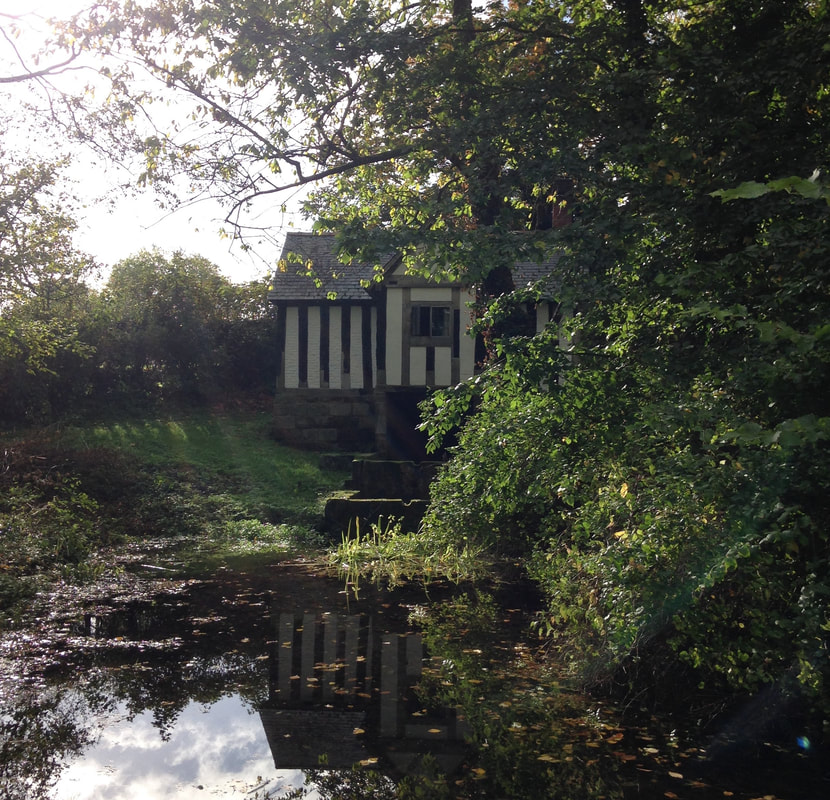

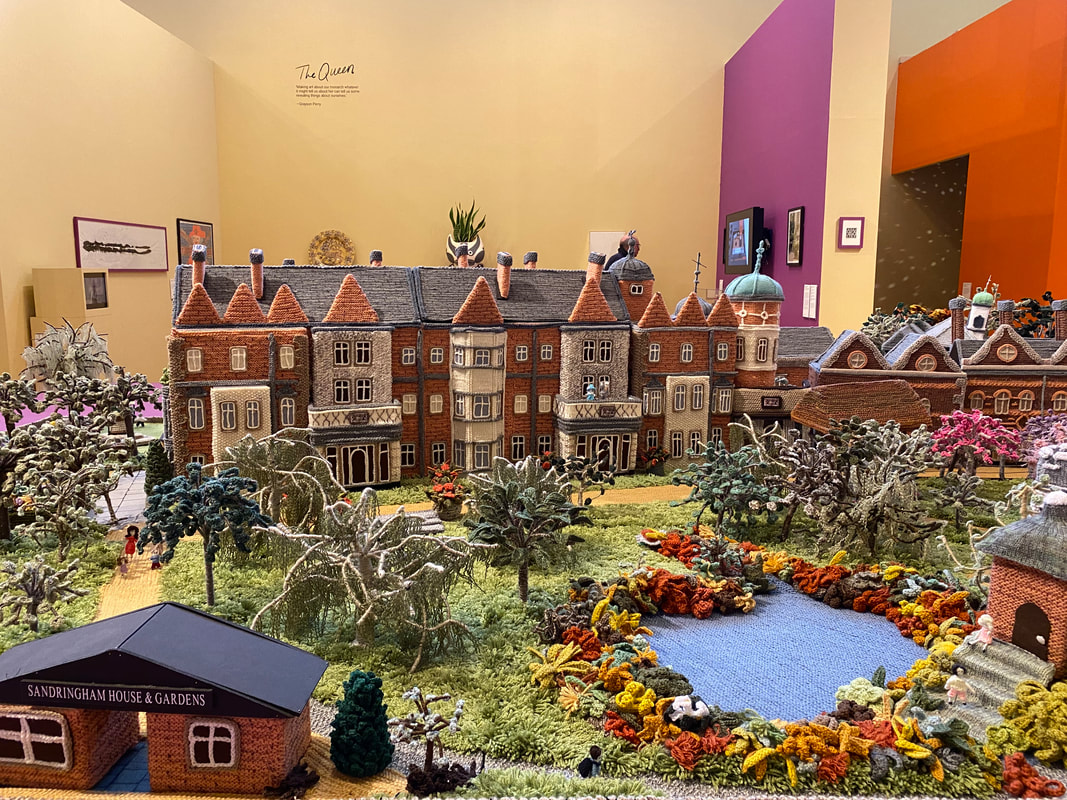

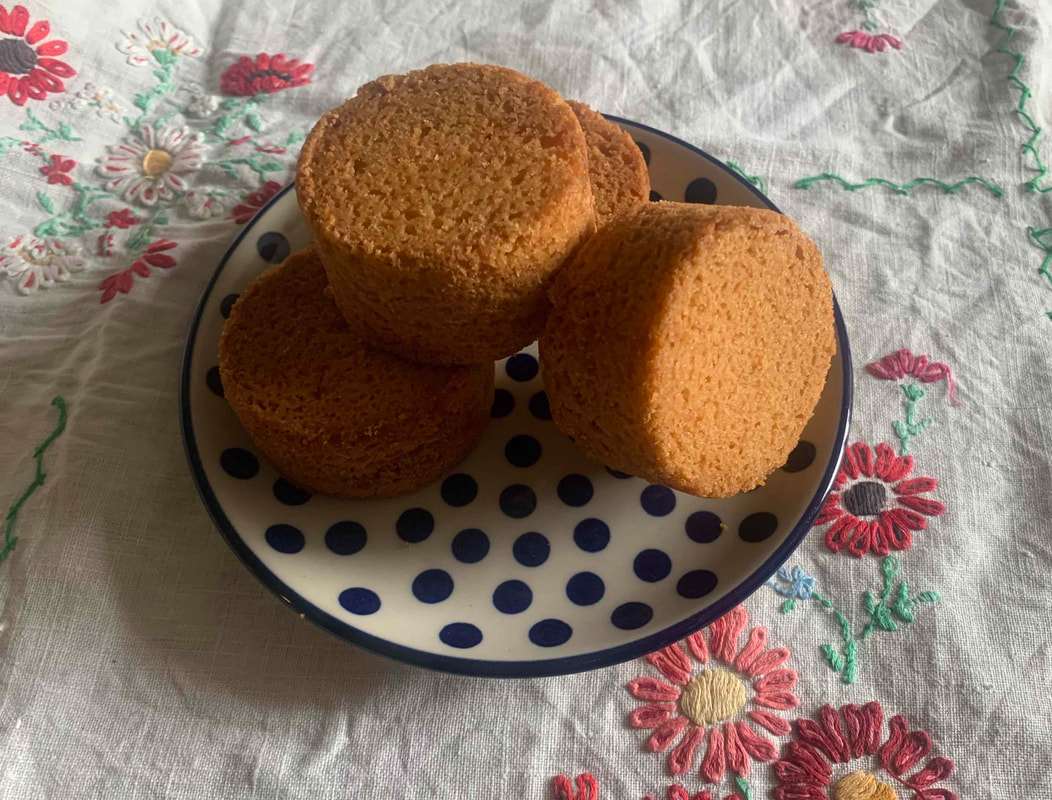
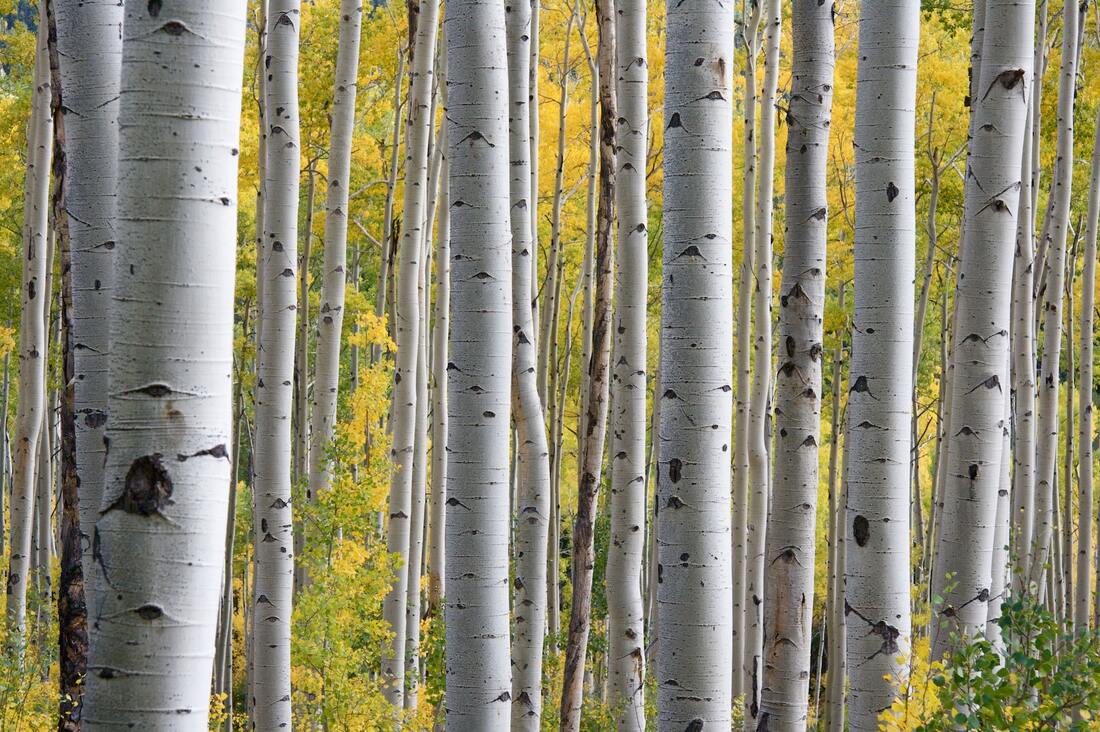
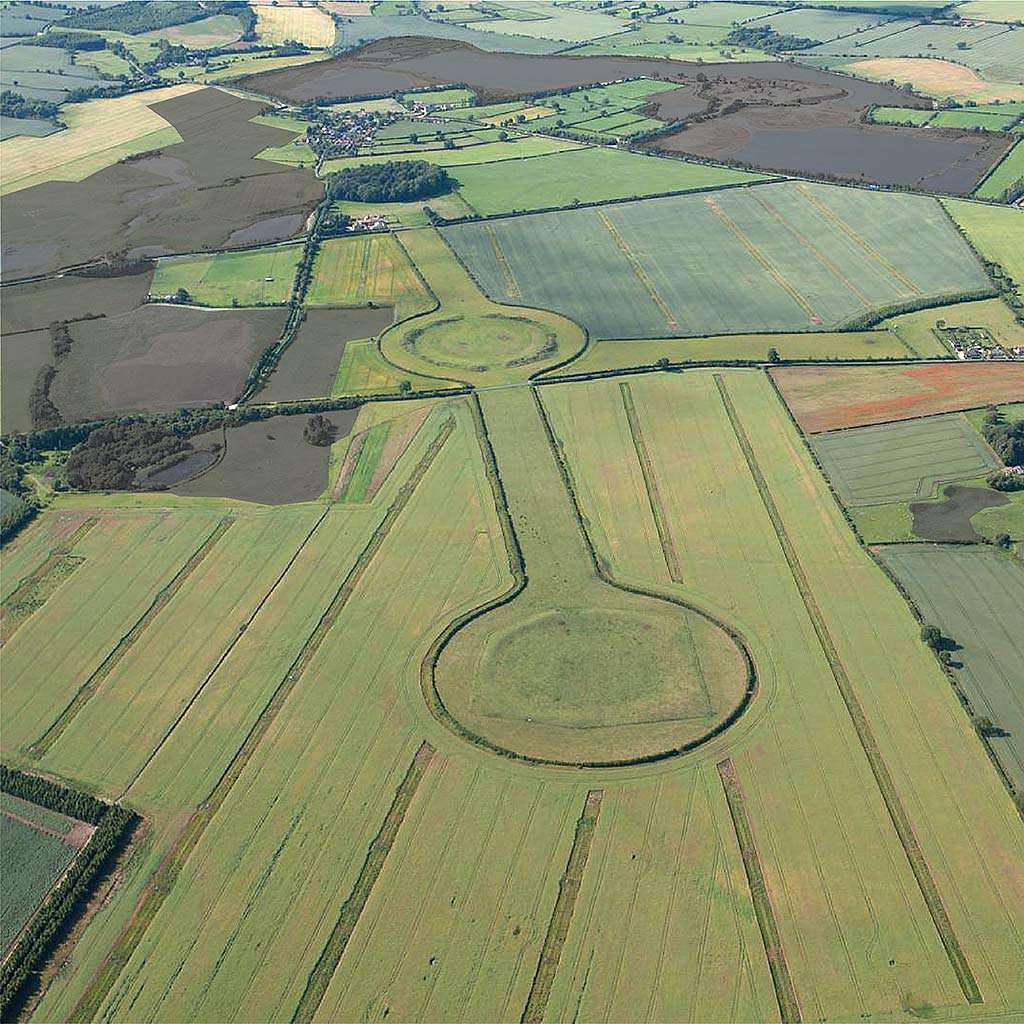
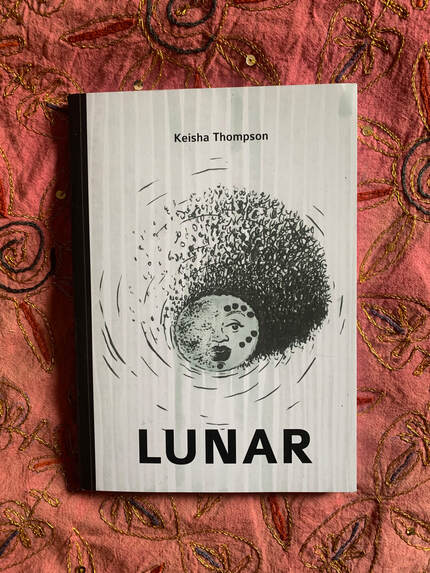
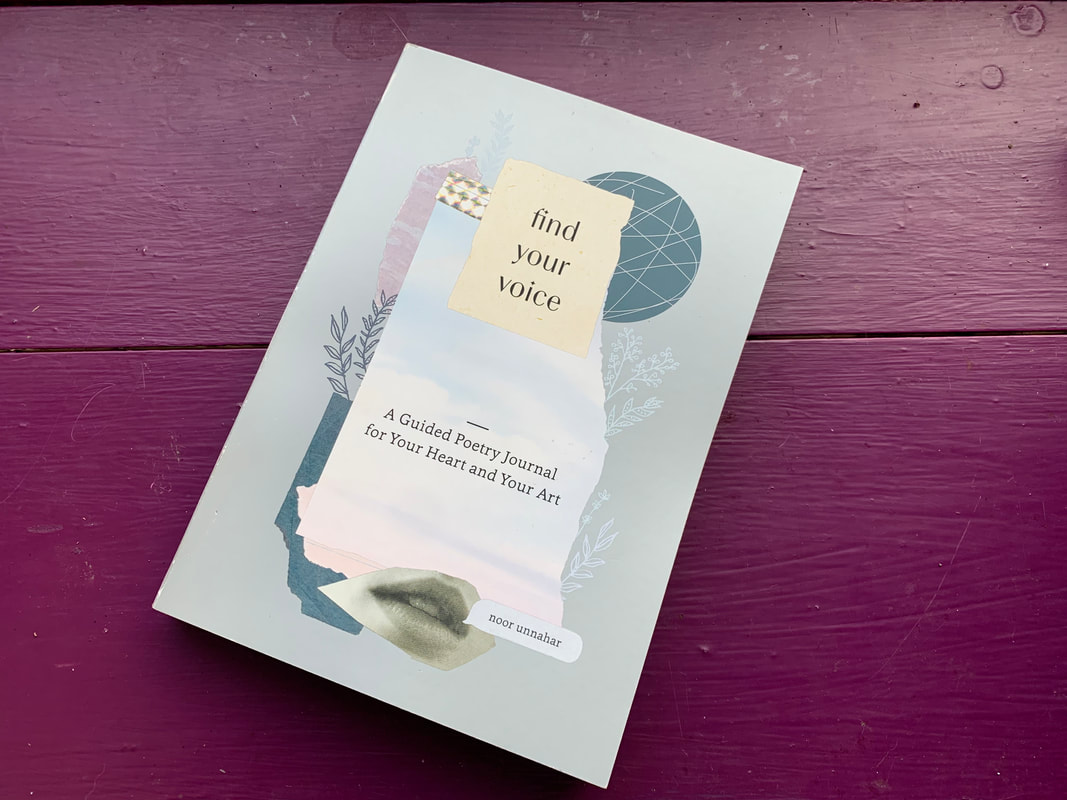
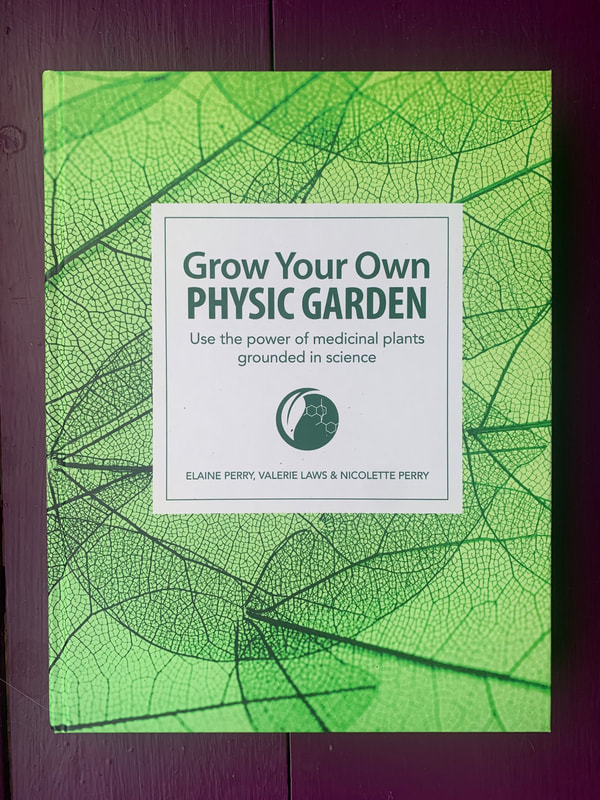
 RSS Feed
RSS Feed